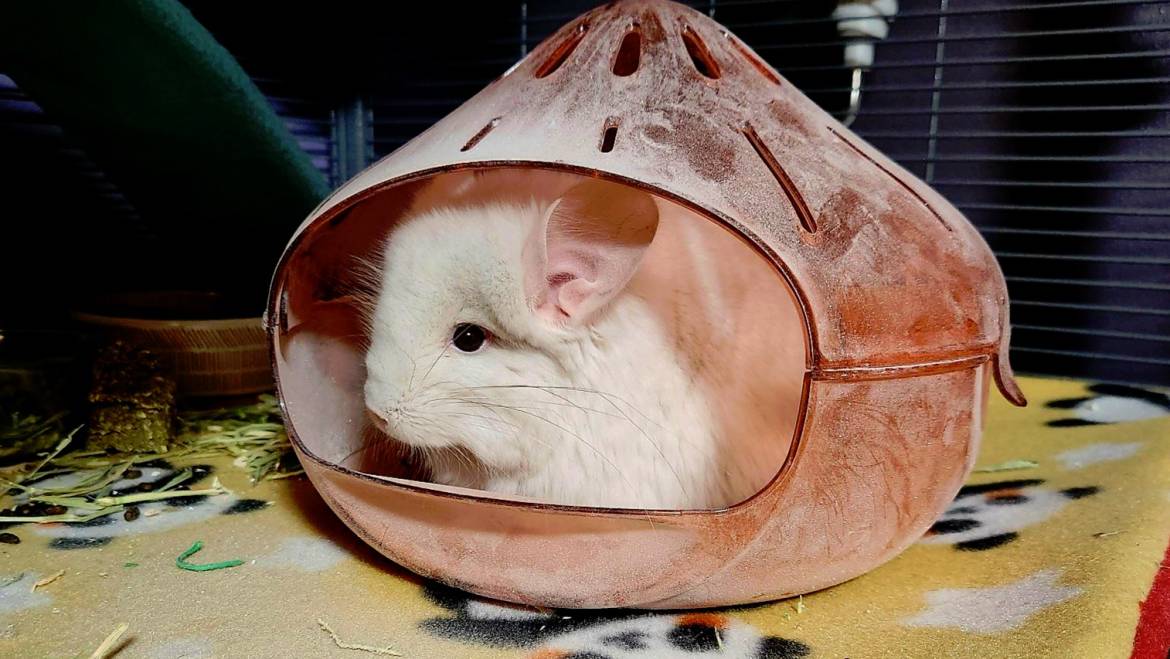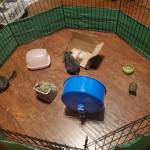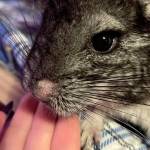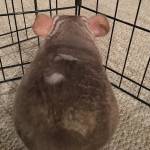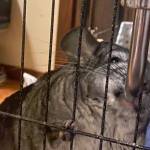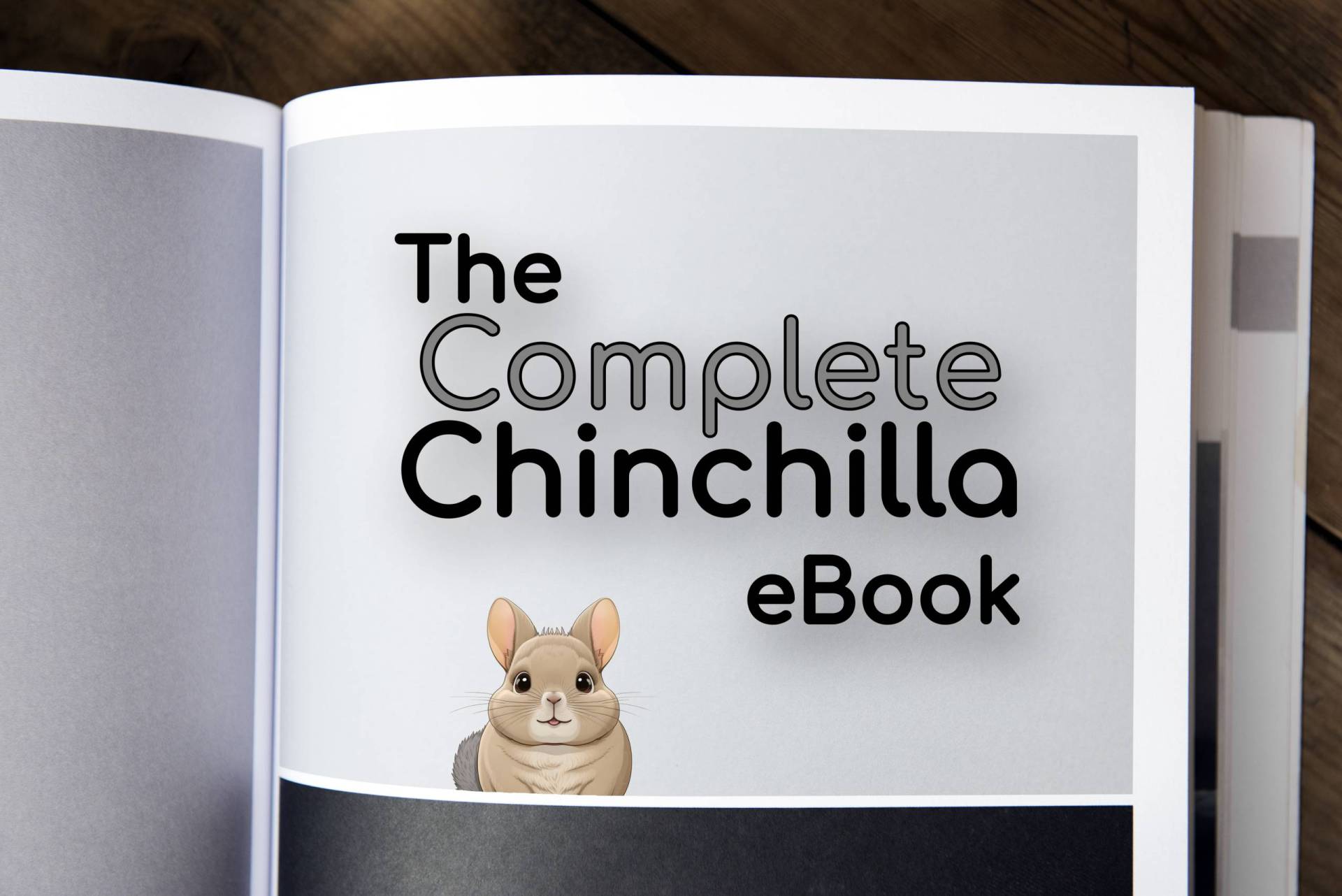If you own a chinchilla or are considering getting one, you may have heard about their love for dust baths. But why do chinchillas need dust baths, and what is involved in giving them one? In this article, we will explore the reasons behind chinchillas’ need for dust baths and provide tips for giving your chinchilla a healthy and enjoyable bathing experience.
What is a Dust Bath?
First, let’s define what a dust bath is. A dust bath is a bath that chinchillas take in special volcanic ash or fine dust to clean their fur. Unlike other animals that take water baths, chinchillas require dust baths to keep their thick, dense fur clean and healthy. In the wild, chinchillas would naturally take dust baths in volcanic ash, but as pets, they need to be provided with a suitable substitute.
Why Do Chinchillas Need Dust Baths?
Chinchillas have very dense fur that is designed to keep them warm in their natural habitat of the Andes Mountains in South America. However, this dense fur can also trap moisture and dirt, leading to matting and even fungal infections. Dust baths help to remove excess oils, moisture, and dirt from their fur, keeping it clean, fluffy, and healthy.
Additionally, chinchillas have a unique type of fur that is much thicker and softer than other animals, making it more difficult for them to groom themselves. Dust baths are a fun and natural way for chinchillas to keep their fur clean and healthy without the need for constant grooming.
What Kind of Dust is Used for Chinchilla Dust Baths?
Not all dust is created equal, and when it comes to chinchilla dust baths, it’s important to choose the right type of dust. Chinchilla dust is a specialized type of fine, powder-like substance that is specifically designed for chinchillas to roll around in. It is made from a type of volcanic ash called pumice, which is ground into a fine dust that is highly absorbent and non-toxic.
When choosing a chinchilla dust, make sure to select a high-quality product that is free from any additives or chemicals that could harm your chinchilla. It’s also important to avoid using household dust or sand, as these substances can be harmful to your chinchilla’s respiratory system and can cause irritation and discomfort!
Chinchilla dusts are specifically formulated for chinchillas and are designed to be highly absorbent, non-toxic, and free from harmful additives or chemicals. When using chinchilla dust, it’s important to follow the manufacturer’s instructions and to replace the dust after each use to ensure that it remains fresh and effective.
How to Bathe a Chinchilla
Now that we understand why chinchillas need dust baths, let’s explore how to give your chinchilla a proper bath. Here are the steps to follow:
- Get a Suitable Dust: As mentioned earlier, chinchillas need special volcanic ash or fine dust for their baths. Make sure to choose a dust that is specifically designed for chinchillas and is free from any harmful additives or chemicals.
- Choose a Suitable Container: You can use a special chinchilla dust bath house or any other shallow container that is large enough for your chinchilla to roll around in comfortably.
- Fill the Container: Fill the container with enough dust to cover your chinchilla’s body.
- Let Your Chinchilla Bathe: Place your chinchilla in the container and let them roll around in the dust for about 10-15 minutes.
- Remove Your Chinchilla: After the bath, remove your chinchilla from the container and brush off any excess dust with a soft brush. Discard of the used dust.
How Often to Bathe a Chinchilla
Chinchillas need to take dust baths regularly to keep their fur clean and healthy, but how often is too often? Generally, chinchillas should have access to a dust bath at least 2-3 times per week. However, it’s important not to overdo it, as too many baths can strip the natural oils from their fur, leading to dryness and irritation. Pay attention to your chinchilla’s fur and adjust the frequency of their baths as needed.
Where to Find Chinchilla Dust
Chinchilla dust can be found at most pet stores that carry chinchilla supplies, and maybe even at some big-box stores such as Walmart. It is important to choose a high-quality dust that is specifically designed for chinchillas and is free from any harmful additives or chemicals! Some popular brands of chinchilla dust include Kaytee, Lixit, and Blue Cloud.
Additional Benefits of Dust Baths
Aside from keeping their fur clean and healthy, dust baths provide several other benefits for chinchillas. Rolling around in the dust is not only an effective way for chinchillas to clean themselves, but it’s also a natural and enjoyable activity that can help to reduce stress and anxiety. Additionally, dust baths can help to prevent matting and tangling of their fur, which can be painful and uncomfortable for your chinchilla. By providing your chinchilla with regular dust baths, you’re not only helping to keep them clean and healthy, but you’re also providing them with a fun and stimulating activity that they’ll enjoy.
Optional Bath Houses
While you can use any shallow container for your chinchilla’s dust bath, there are also special chinchilla dust bath houses available on the market. These houses are designed to keep the dust contained and provide a fun and stimulating environment for your chinchilla. Some even come with attached chew toys for added entertainment. One of the most popular bath houses is the one produced by Kaytee, but there is the cheaper option by Lixit.
In conclusion, dust baths are an essential part of caring for a chinchilla. They help to keep their dense fur clean, healthy, and fluffy, and provide a fun and natural way for chinchillas to groom themselves. By following the steps outlined in this article, you can ensure that your chinchilla receives the proper care and attention they need to live a happy and healthy life. Remember to choose a high-quality chinchilla dust and provide your chinchilla with regular dust baths to maintain their overall well-being.

